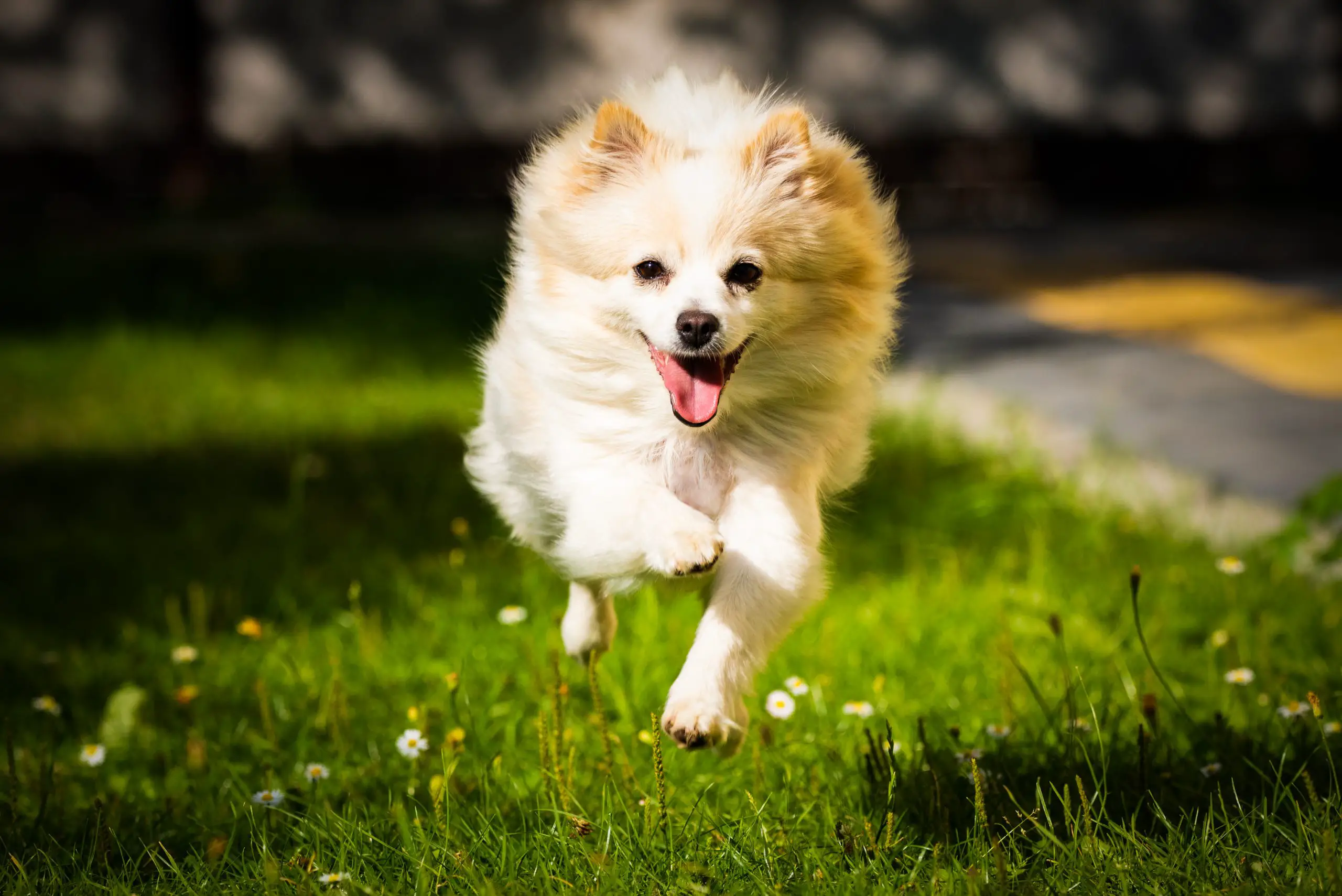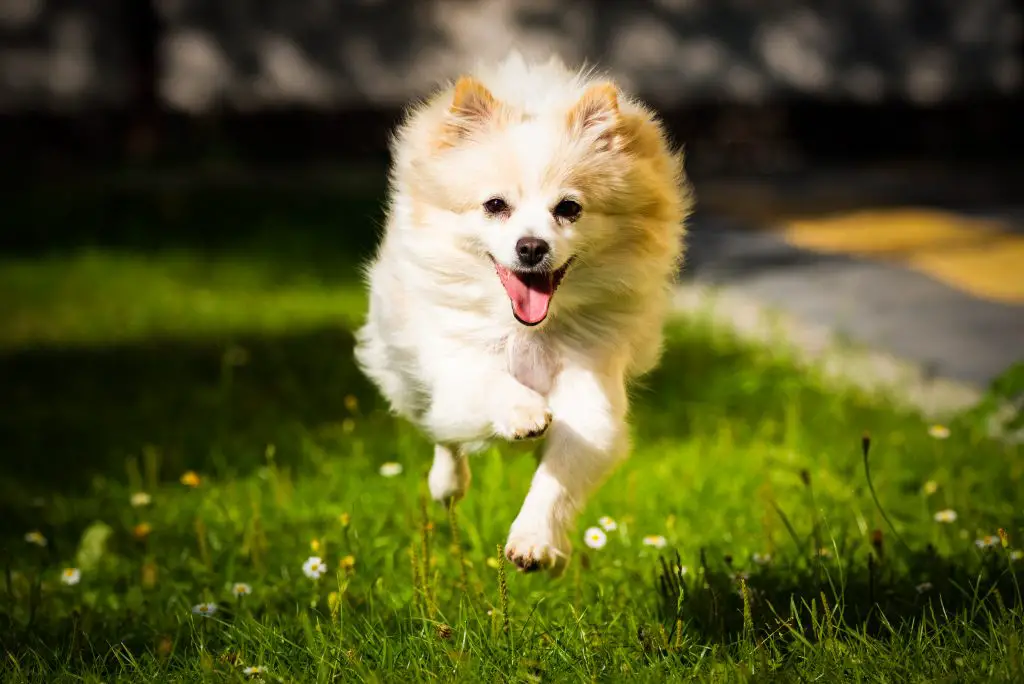Tips To Help Your Dog Stop Jumping On Strangers
A playful puppy is so cute, especially when he’s jumping around for attention. Unfortunately, puppies grow up to be dogs and having an adult dog jump up on you becomes painful and annoying. Don’t let this behavior continue!
Why Dogs Jump on People
Dogs love to greet you enthusiastically when you return from a long absence, such as a workday, an errand, or a five-minute trip to the garage. They want to make sure you understand that being separated from you is torture, and they often can’t contain their joy when they see you again.
Your dog might especially enjoy jumping on visitors, otherwise known as their new best friends. As this is very annoying, deter this behavior immediately. Even if your guests are dog people and don’t mind a boisterous greeting, don’t let your dog jump on them. Only allow them to greet your visitors when they are calm and behaving according to your commands.
Dogs also jump on you when they have too much energy. If they don’t have an outlet for it, they let you know they’re ready for action by being obnoxious and exhibiting attention-seeking behavior. Be sure to provide your dog with regular mental stimulation and exercise, especially when he’s a puppy.
Training Your Dog Not to Jump
It’s actually quite simple to train your dog not to jump on people, but you’ll need to be consistent and use the correct techniques. It’s important for you to ignore him when he’s seeking attention by jumping on you. Don’t punish him for his bad behavior; reward him when he obeys your commands.
When your dog jumps up on someone you’ll need to perform a series of three tasks:
Use your knee to very gently push your dog off you and back onto the ground.
At the same time, say “OFF” in a firm voice.
Ask him to sit, and reward him when he does.
If the knee technique doesn’t deter him from jumping, command him to sit and ignore him until he does. If he still won’t calm down, spray him with water to interrupt the behavior, and then give him a treat once he sits.
If your dog is a puppy, especially a large-breed puppy, it’s essential you train him to greet people with “four on the floor.” If you don’t, then you’ll have a very difficult time teaching him when he’s older, and older dogs, especially larger dogs, can scratch your arms and legs when they are jumping on you. Start training him when he’s young, and be consistent. Don’t pick him up when he’s standing on his hind legs and looking adorable, or you’ll teach him that his “cute” jumping tricks yield hugs and kisses.
Positive Reinforcement Training
Most dog trainers and behaviorists agree that the best kind of training you can give your dog is based on positive reinforcement. According to this training model, your dog is rewarded when he displays your desired behavior and ignored when he doesn’t.
The theory is that dogs act out primarily for attention. It doesn’t matter if you scold or praise them—they’ll still be getting a response from you. However, when you give your dog negative feedback, you can frighten and confuse him. Unless you catch the bad behavior and respond immediately, which seldom happens, your dog won’t even know why he’s being punished.
Positive reinforcement training is very effective for teaching your dog not to jump on people. You’ll be able to correct the behavior immediately and reward him within a meaningful context he can understand.
Remind Him Who’s in Charge
If your dog is having difficulty learning not to jump, then you may need to reestablish the pack order. He might think he’s in charge, or that his wants are more important that your commands. In this case, it’s time to practice NILIF (“Nothing in Life is Free”). This method not only teaches your dog positive behaviors in a clear, understandable way but also helps build his self-esteem.
With this training technique, you’ll teach your dog that whenever he wants something, like food, belly rubs, or a cozy lap, he has to perform a simple task, like sit or lie down. The trick to this technique is firmness and consistency. You must make him perform the task every single time you ask until he complies every time.
When you praise him for being a good dog, you’re actually teaching him his status in the pack, namely that you are in charge. Once you’ve reestablished that you are the alpha in the relationship, your dog will understand that he needs to follow your commands, whether he wants to or not.
Ask for Reinforcements
Once your dog understands that you don’t like to be jumped on, teach him that no one does. Ask a dog-loving friend to come over and help out.
Have your friend knock on the front door or ring the doorbell. Don’t answer the door until your dog is sitting politely. When your friend enters, let your dog approach and ask him to sit. If he obeys, has your friend praise him and give him a high-value treat.
If he doesn’t obey, ignore him and ask your friend to do the same. As it might take your dog a little time to realize he won’t receive attention when he jumps on either of you, wear pants and long-sleeved shirts so he doesn’t accidentally injure you with his claws.
You may want to give your friend a little positive reinforcement by treating her to dinner as thanks for an afternoon of being accosted by your dog.
The Importance of Consistency
An essential part of training your dog to do anything is training yourself to respond automatically when he jumps on someone. Make sure you give the same correction and command every time, or he’ll become confused and will take even longer to train.
Don’t let your dog jump on anyone, including you, even when you’re wrestling or playing. You’ll be sending him mixed messages, and he won’t know when it’s okay to jump on people and when it isn’t.


